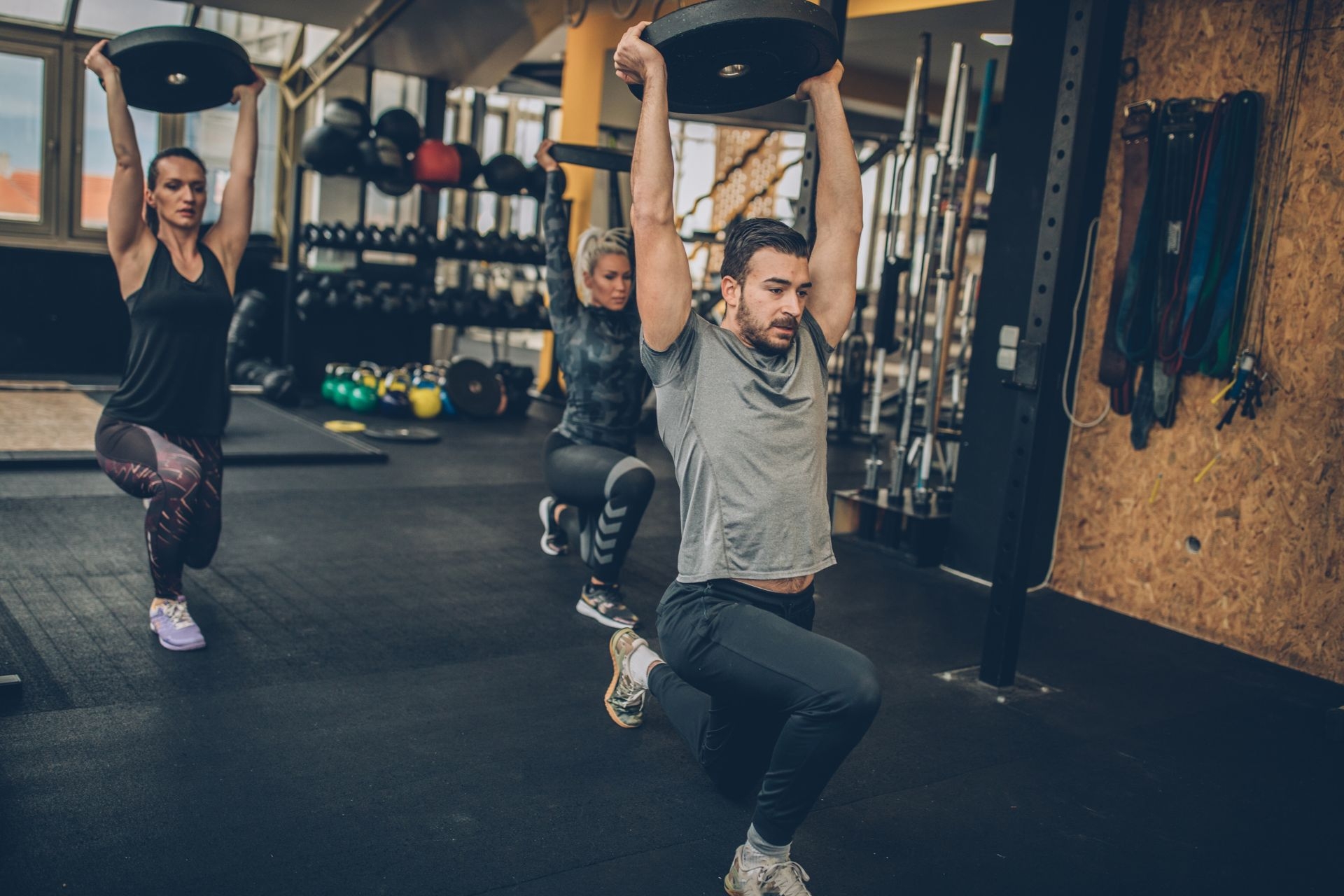Progressive Overload Sequencing
How does progressive overload sequencing impact muscle growth?
Progressive overload sequencing impacts muscle growth by gradually increasing the intensity, volume, or frequency of exercises over time. This gradual progression challenges the muscles to adapt and grow stronger, leading to muscle hypertrophy. By strategically implementing progressive overload sequencing, individuals can continuously push their muscles beyond their current limits, promoting muscle growth and strength gains.








